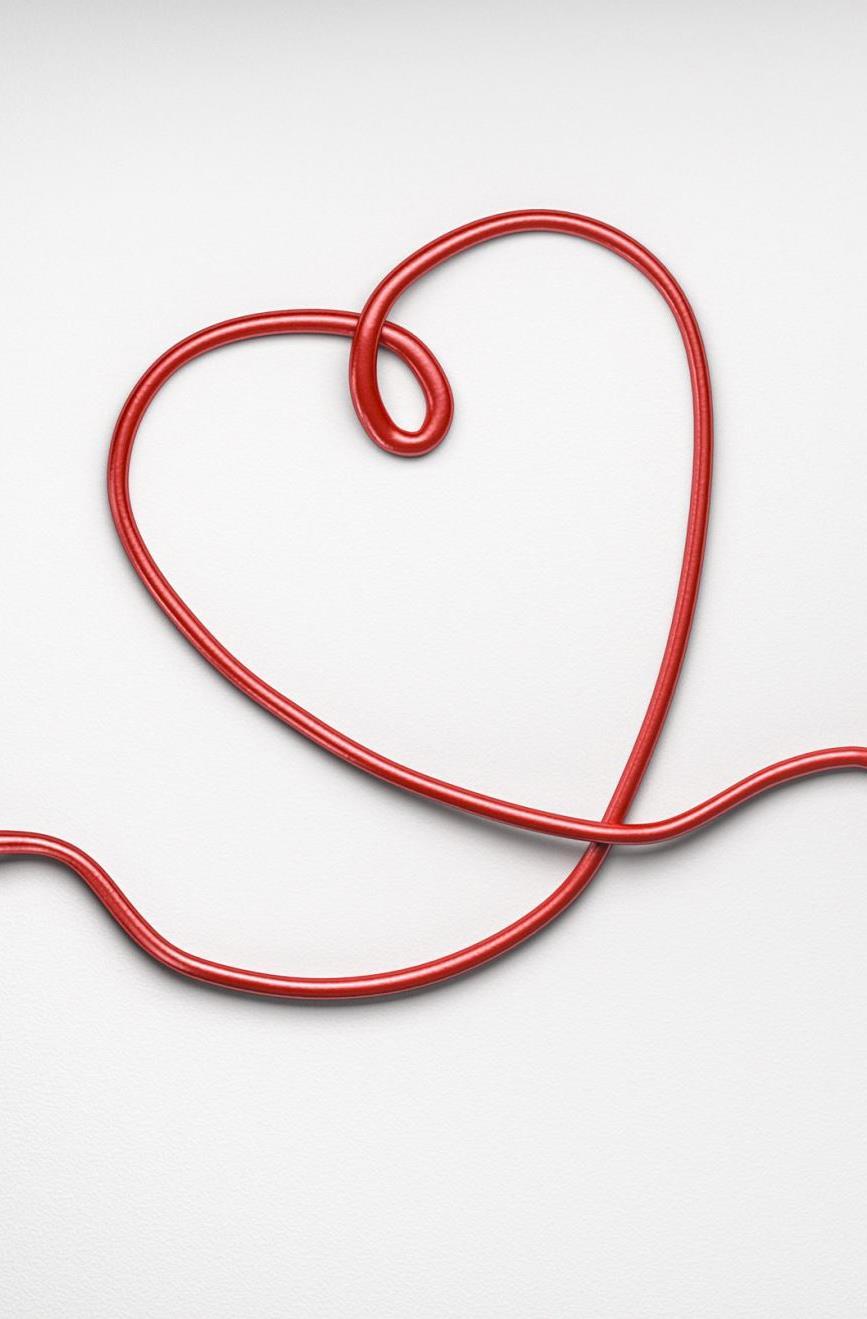Decoding Stents: Understanding
their Role and How They Work?

Stents are the symbols of hope for those who are fighting fearlessly against coronary artery disease.





Stents are the symbols of hope for those who are fighting fearlessly against coronary artery disease.



Realizing optimal heart health is a great challenge many faces daily. With the intricacies of the medical options, stenting has emerged as a critical weapon in the war against cardiovascular disorders. But first, have you ever wondered what stents are and how do they fit into the even more intricate circulatory machinery of your heart?


Together with stents, which are tiny tubes made of mesh, the treatment of coronary artery disease is primarily performed. Medical-grade materials such as stainless steel or nickel-titanium alloys are used in the making of these elements, which are designed to keep the arteries open to ensure that blood flows effectively to the heart muscle. This clever and straightforward parallel mechanism plays the leading role in the cardiological procedures and thus gives the patients hope amidst trouble in their hearts.


When the arteries become narrow or clogged due to plaque buildup, heart attack threat becomes imminent. The stent procedure is an innovative technique that has proved to be a minimally invasive procedure for restoring blood to the heart. In this measure, a catheter equipped with a deflated balloon and a collapsed stent is utilized to navigate the blockage. When in place, the balloon is inflated, causing the expansion of the stent to press it on the artery walls. After that, the balloon is deflated and removed, leaving the stent in situ to support the artery so that the artery remains sufficiently open to allow normal blood flow to occur.

• Stents are working on a simple principle, but the result is a revelation since stents are saving many lives in so many ways. Through a physiological mechanism, they facilitate the free flow of blood into narrowed arteries and enable more efficient blood circulation. This most often translates into reduced adverse events.
• The success of woven struts depends on the result of two multifaceted processes that ensue, i.e., the prevention of arterial collapse and the creation of conditions for tissues regeneration, which eventually results in the integration of the stent into the arterial wall. The integration of cells provides and funds long-standing viability and permanence, providing patients with an additional extend of their lifespan.


In addition to their primary application of opening the coronary artery and restoring the blood flow to the heart, stents also highlight several sophisticated options, which make them one of the main options for cardiovascular interventions. The comprehension of specifics helps to bring to the fore the overall nature of the stent treatment and the consequences on the patient's performance.


Stents are available in unusual sizes and designs, which are very well-adapted to individual anatomy requirements for each person. There are a variety of options, such as bare-metal stents and drug-eluting ones, in which the selection relies on different variables like site and level of blockages, as well as some of the individual patient features. Modern imaging approaches, including intravascular ultrasound and optical coherence tomography, ensure that the appropriate stent size is used, and it is also confirmed that the stent is placed at the correct location within the artery.


The precise stenting is important to the success of the procedure and its endurance. Interventional cardiologists use complex methods like fluoroscopy and angiography to obtain proximity with the catheter and lead it to the right place. After the stent is implanted, dilatation is performed, and a balloon is inflated for only a brief time to ensure an optimal expansion and apposition to the arterial wall. With this precise approach, the chances of the stent being malpositioned or ineffectively expanded are reduced; thus, it offers only a maximum therapeutic effect.


After stent infusion, the plaquette receptacles are washed to prevent formation of blood clots inside the stent and causing blockage. The use of antiplatelet drugs is usually the procedure used in most primary prevention techniques.
These are aspirin and a P2Y12 inhibitor, such as clopidogrel or ticagrelor, given on a day-to-day program traditionally determined by the type of stent used together with the patient's clinical profile. The timely medication regimen will be a crucial effort to have a minimal risk of stent thrombosis and the vessel being restored.


In addition, stent innovations have been introduced to soothe the risk of restenosis, which may still be present. A way of mitigating the risk to patients is carrying out regular surveillance, which is done using non-surgical imaging modalities like stress tests and coronary angiography. These assessments enable monitoring the littlest signs of restenosis, allowing the intervention to start quickly and reduce the cardiac problems.

The stent therapy area has never stopped evolving, with explorations targeted towards advanced techniques that increase the stench efficacy and stability being the main research focus. Examples of bio-absorbable stents could be fabricated for temporary scaffolding supported by the artery with gradual absorption to help avoid the encumbrance of permanent implants. Bioengineered stents with regenerative therapy are included, which improve arterial healing and reduce the possibility of restenosis, which is another strategy.
Stent placement also involves an elevated level of accuracy and exactness demanded by cardiovascular procedures. Everyone, from choosing the most suitable stent for that patient to deploying it correctly and giving proper post-procedural care, turns out to be vital for achieving optimum outcomes. As technology continues to develop and the advancement of innovation has ruled the world, the rest of stent therapy holds enormous potential for improving patient care and providing better results in the future.


Stents are the symbols of hope for those who are fighting fearlessly against coronary artery disease. The intricate designs and simple mechanisms of their interfaces show the way to those who are suffering from this disease, doing the work of a heart that was disrupted by ischemic heart disease.
With the ongoing progress in the realm of technology, the ambiance of stent treatment will multiply in intensity and become a joyful feat by promising more efficacy splendor and improved well-being for the patients as we advance further into the frontiers of cardiac medicine.

